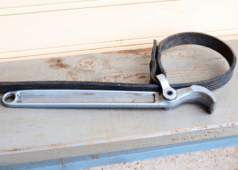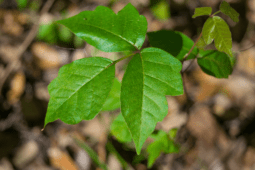How to Remove Stubborn Stumps After Tree Removal
You’ve finally removed that unsightly tree from your yard, but now you’re faced with a new challenge – the stubborn stump left behind. Don’t let this woody remnant become a permanent fixture in your landscape. With the right techniques and a bit of elbow grease, you can bid farewell to that pesky stump and reclaim your yard. In this guide, we’ll explore five effective DIY methods to remove tree stumps, helping you choose the best approach for your situation.
Using Stump Removal Products for Gradual Decay
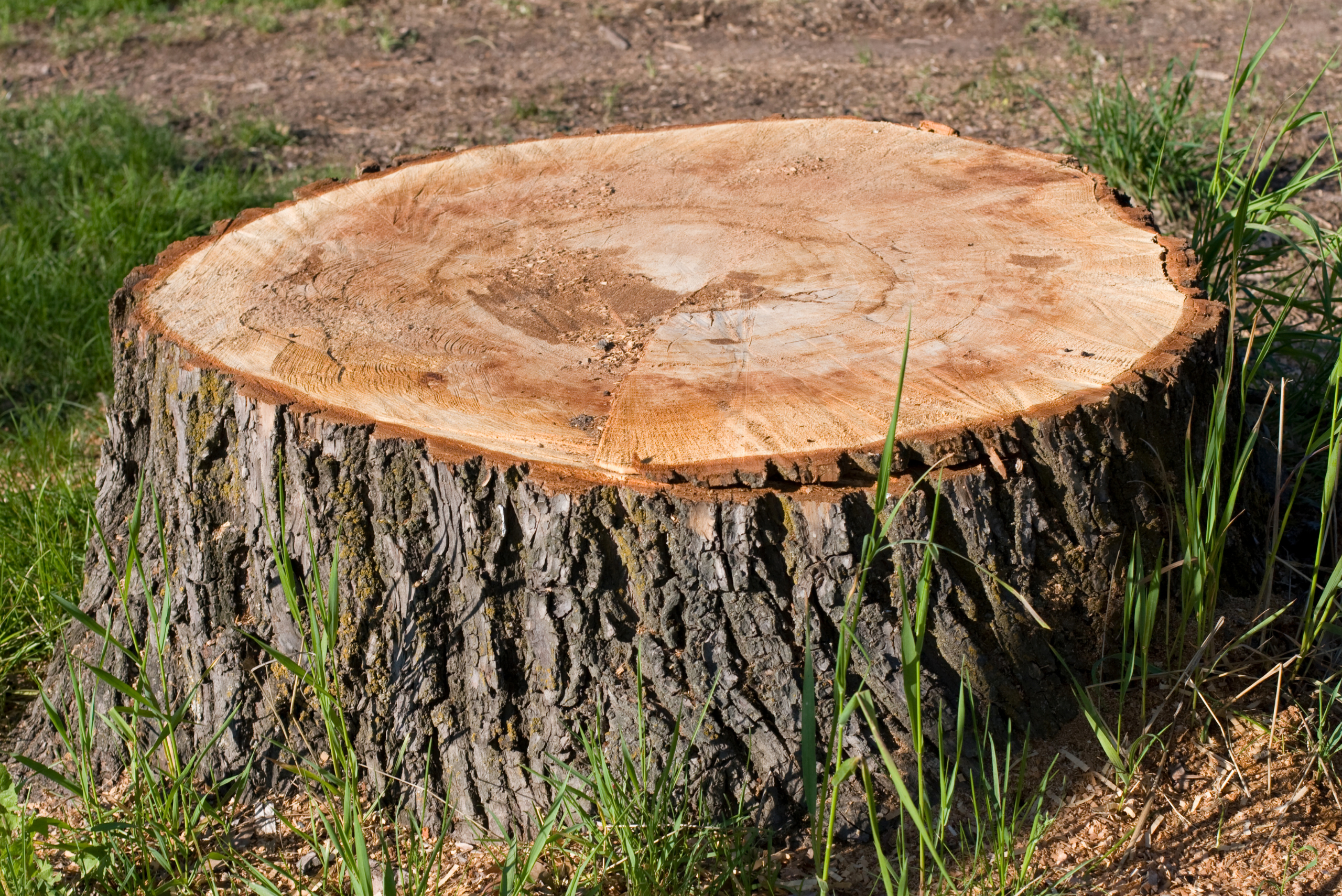
When patience is on your side, chemical stump removers offer a low-effort solution. These products, typically containing potassium nitrate, accelerate the natural decay process. To use this method, drill several deep holes into the stump and fill them with the chemical granules. Add water to dissolve the product, then cover the stump with a tarp to retain moisture. Over time, usually 4-6 weeks, the stump will become spongy and easy to remove.
While this method requires minimal physical effort, it does demand patience. Keep in mind that larger stumps may take longer to decompose fully. Regular reapplication of the chemical and water can help speed up the process. Once the stump is sufficiently softened, you can easily break it apart with an ax or shovel.
Digging and Chopping for Immediate Results
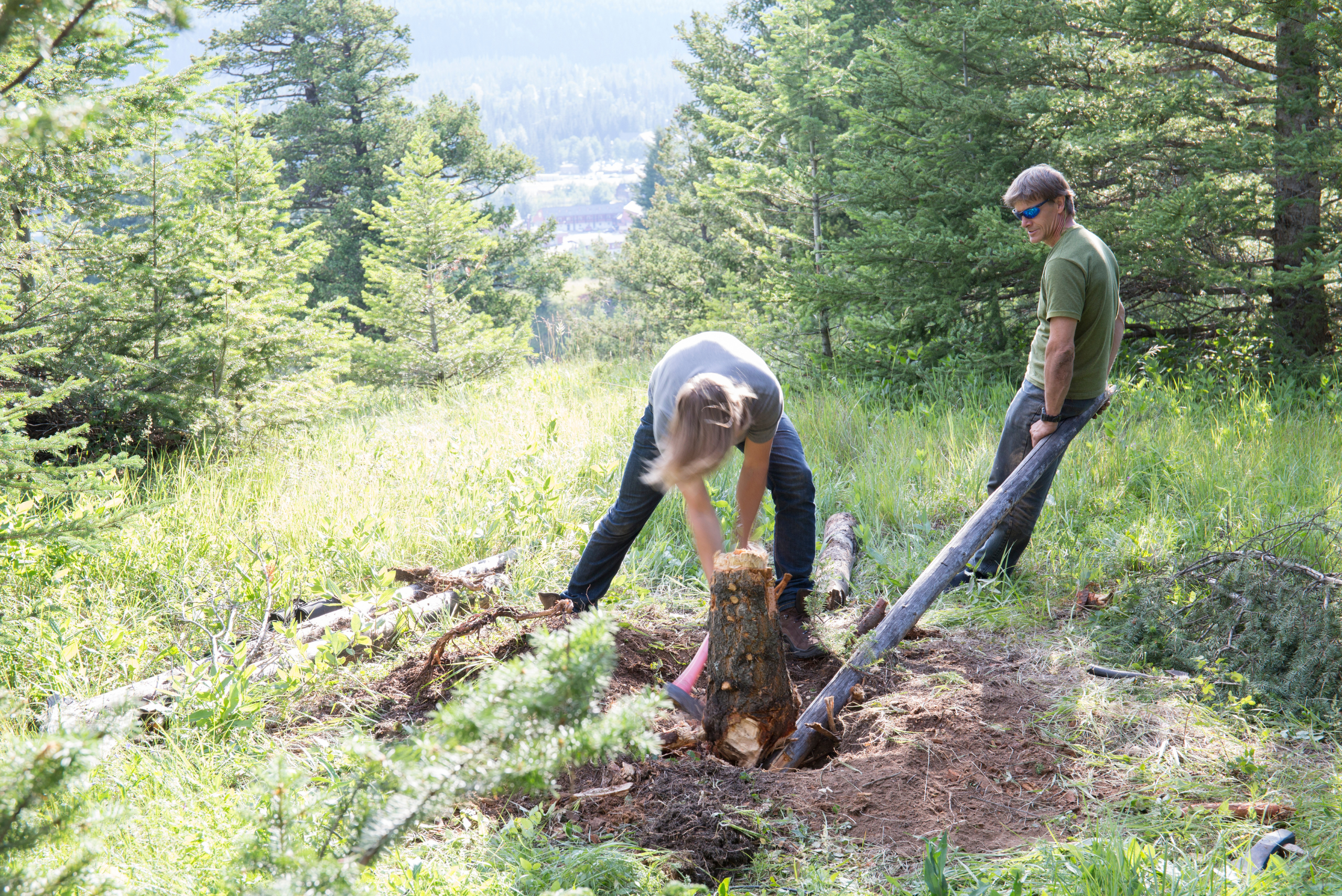
For those who prefer a more hands-on approach, manual removal is an option. This method works best for smaller stumps with less extensive root systems. You’ll need tools like a mattock, shovel, and ax. Begin by digging around the stump to expose the major roots. Use the ax or a reciprocating saw to cut through these roots, gradually working your way around and under the stump.
This technique requires significant physical effort but offers immediate results. It’s an excellent choice for those who want to remove the stump quickly without using chemicals or heavy machinery. However, be prepared for a workout – larger stumps can be particularly challenging to remove manually.
The Fire Method for Stubborn Stumps
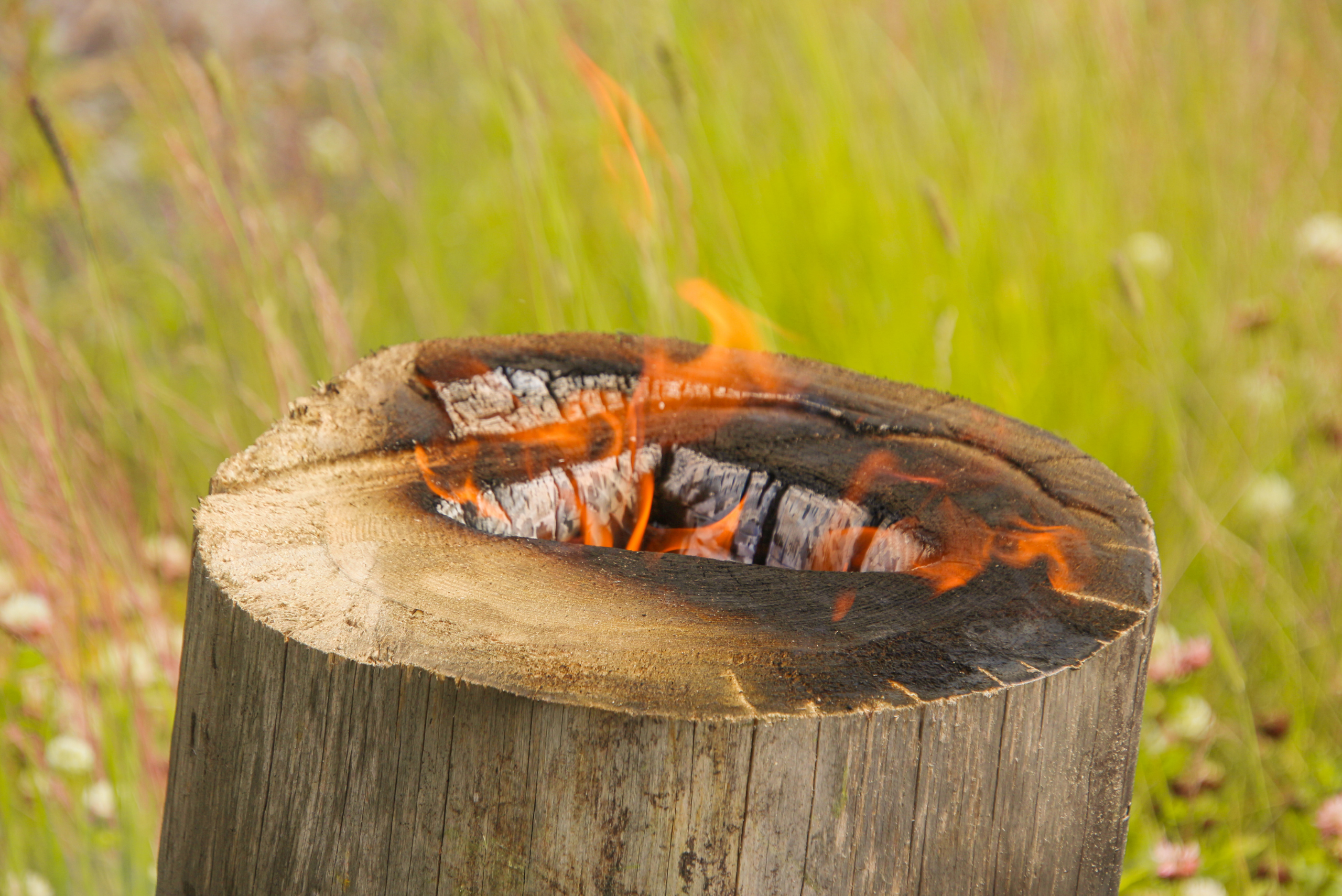
For those comfortable with controlled burning, the fire method can be an effective way to remove stumps. Start by drilling holes into the stump and filling them with kerosene or fuel oil. Allow the fuel to soak in for several weeks, then ignite the stump. Keep a close eye on the fire and ensure it burns slowly and steadily.
While this method can be effective, it’s crucial to check local regulations before attempting it. Some areas prohibit open burning, and you may need a permit. Always prioritize safety when using this technique, keeping water or a fire extinguisher nearby and never leaving the burning stump unattended.
Renting a Stump Grinder for Efficient Removal
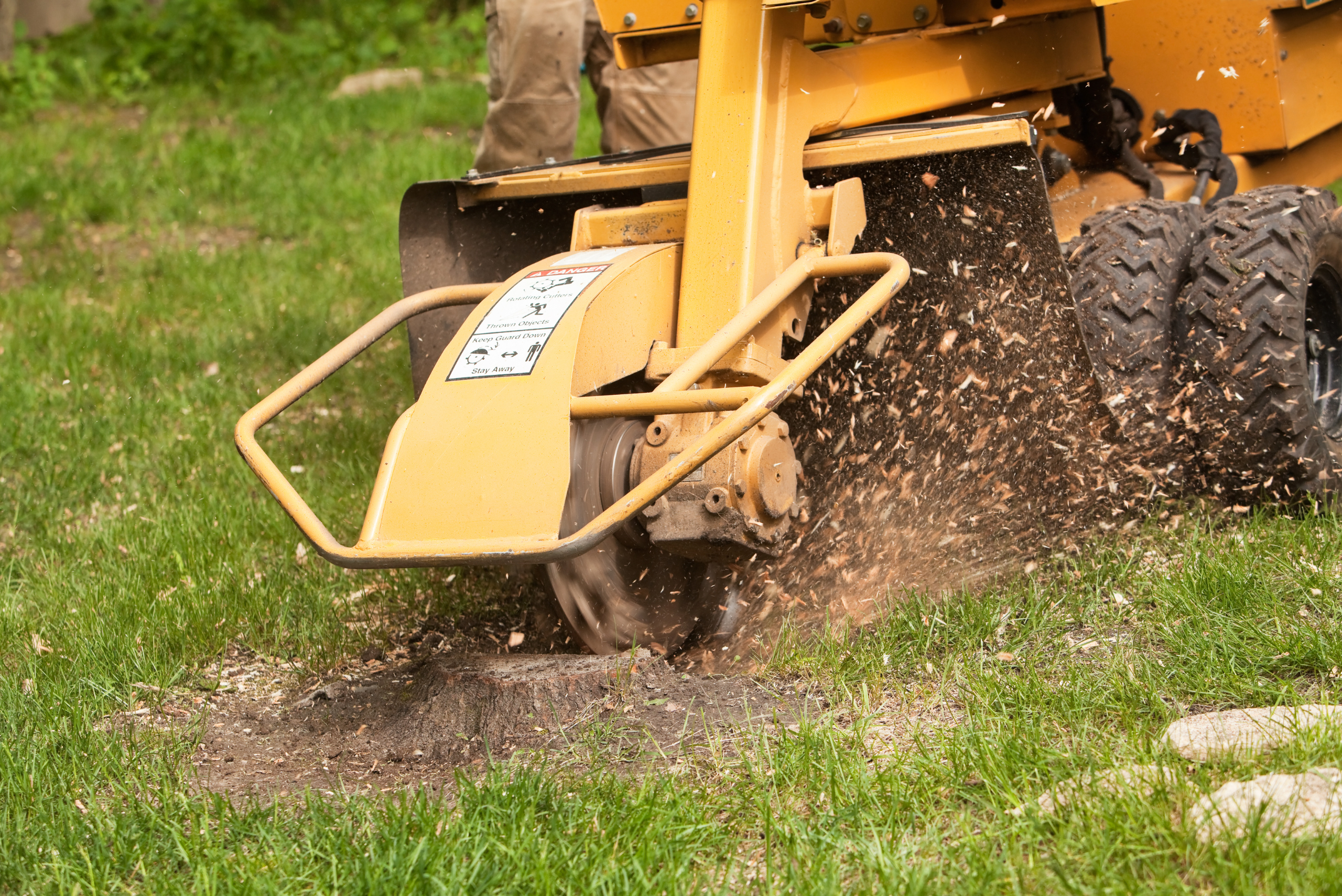
For larger stumps or multiple removals, renting a stump grinder can be a game-changer. These powerful machines quickly turn stumps into wood chips, eliminating the need for manual labor or lengthy chemical treatments. To use a stump grinder, start by clearing the area around the stump of rocks and debris. Then, position the grinder over the stump and slowly lower it, moving side to side to grind away the wood.
While stump grinders are highly effective, they require some skill to operate safely. Be sure to wear appropriate protective gear, including safety glasses and steel-toe boots. If you’re not comfortable operating heavy machinery, consider hiring a professional for this task.
Natural Decay for the Patient Gardener
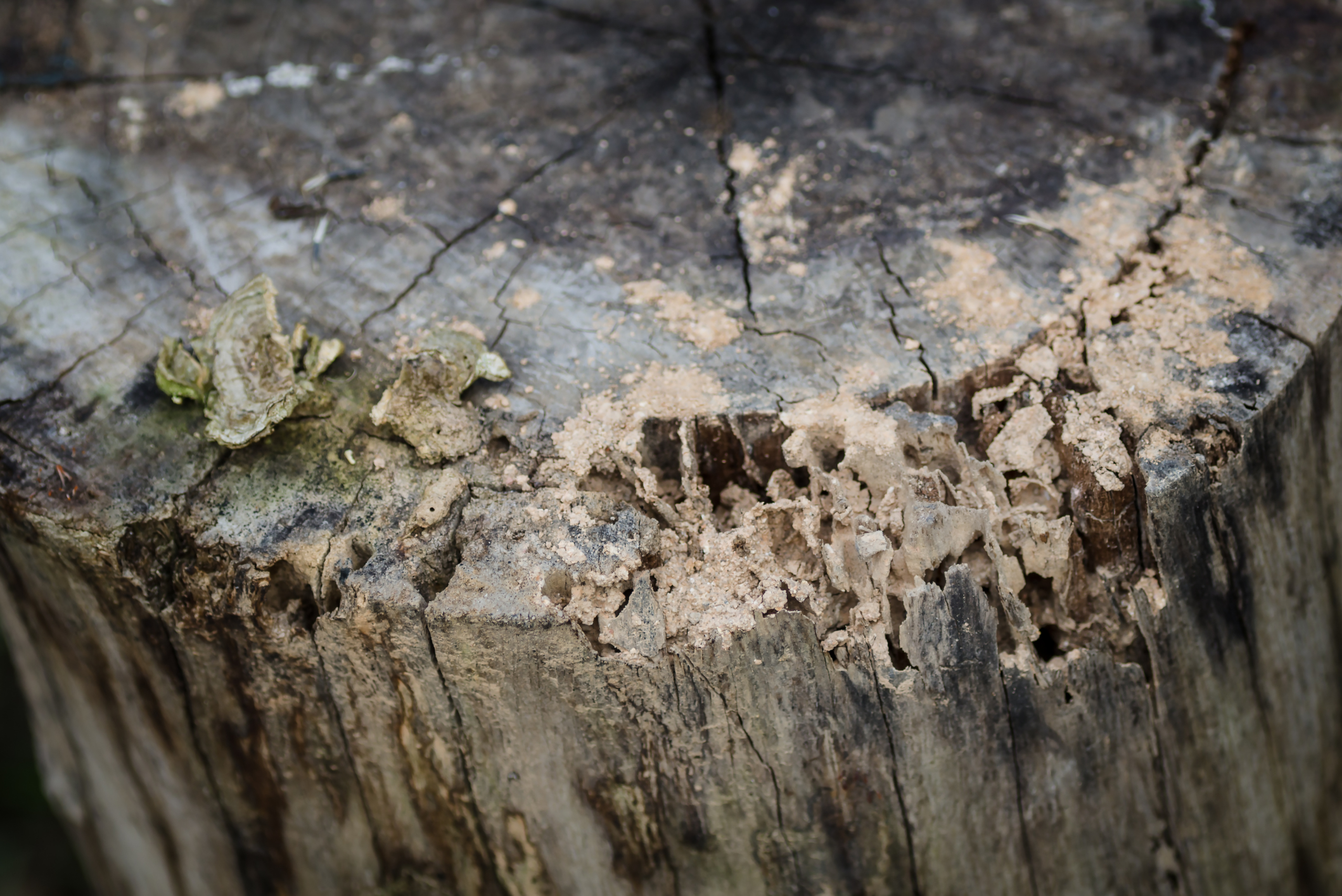
If you’re not in a hurry and prefer a low-impact approach, allowing the stump to decay naturally is an option. To accelerate this process, drill holes into the stump and fill them with a high-nitrogen fertilizer. Keep the stump moist and cover it with a tarp to retain humidity. Over time, fungi and bacteria will break down the wood fibers, making the stump easier to remove.
This method requires the least effort but takes the longest time – potentially several years for complete decomposition. However, it’s an eco-friendly option that can benefit your garden’s ecosystem. As the stump decays, it provides nutrients to the surrounding soil and creates a habitat for beneficial insects and microorganisms.
Related Articles
- How to Safely Trim Overgrown Tree Branches Near Your Home
- A Step-by-Step Guide on How to Fell a Tree with a Chainsaw
- How to Easily Remove Tree Roots on Your Own
Removing a tree stump doesn’t have to be a daunting task. With these five DIY methods at your disposal, you can choose the approach that best fits your timeline, budget, and physical capabilities. Whether you opt for chemical treatment, manual removal, burning, grinding, or natural decay, remember to prioritize safety and follow local regulations. By tackling that stubborn stump, you’re not just improving your yard’s appearance – you’re also eliminating potential hazards and creating new opportunities for landscaping.
Ready to start your next project? Join our DIY community to receive tool tips, how-to guides, and exclusive creative insights. Subscribe to the ManMadeDIY newsletter now! Click here to unlock a world of hands-on inspiration.

